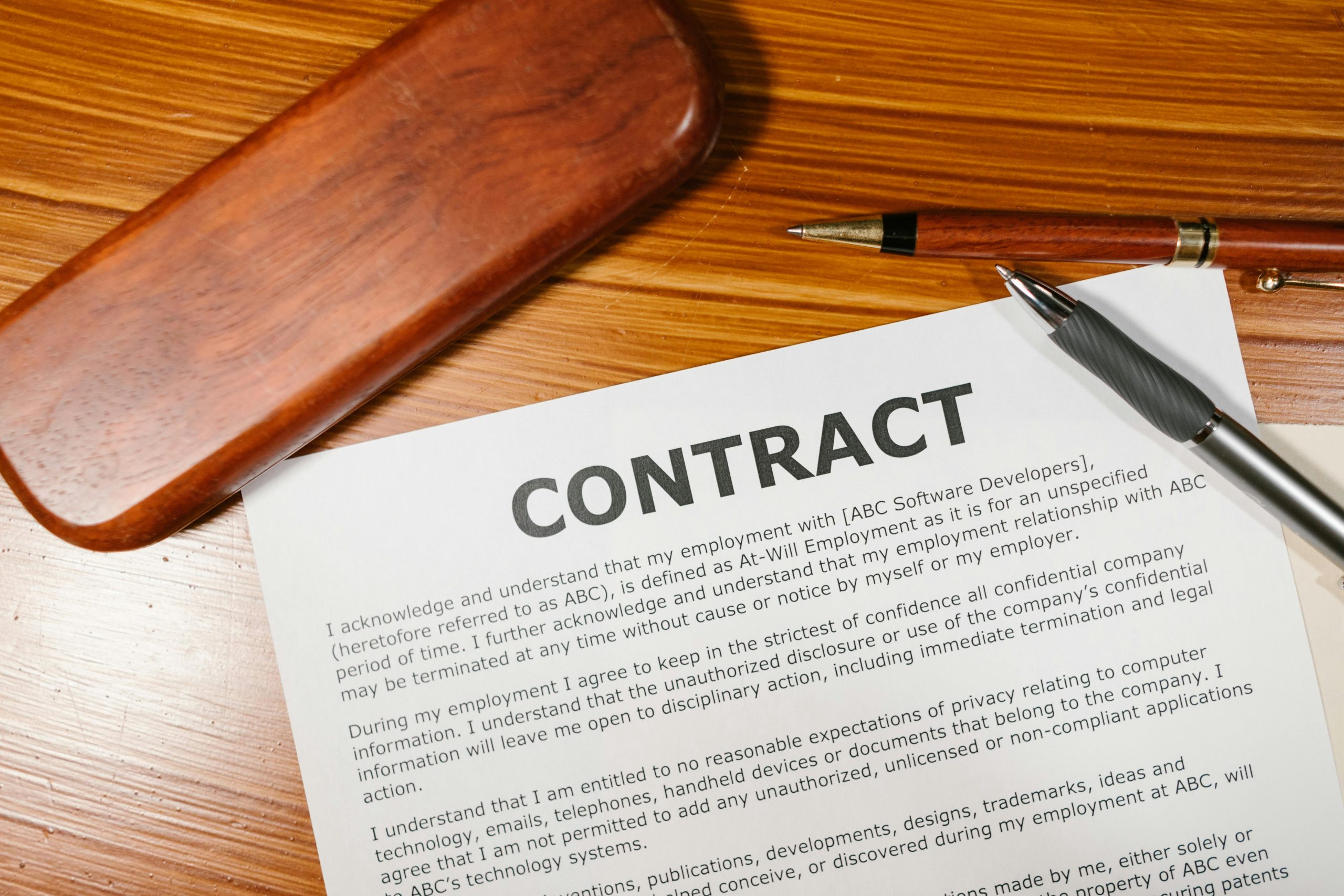In today’s digital world, clicking “I agree,” “Continue,” or “Yes, I accept” has become second nature. We do it instinctively to access websites, apps, or services faster. But behind these innocent-looking buttons often lies a cleverly disguised legal trap, used by scammers or shady businesses to lock you into agreements you didn’t fully understand.
At Fast-Recover, we’ve seen a rise in cases involving what we call “Consent Trap” scams. In this post, we’ll explain exactly how these traps work, what legal consequences you might face, and how to protect yourself from becoming a victim.
🔍 What Is a “Consent Trap”?
A “consent trap” is a deceptive tactic where fraudulent or abusive terms are hidden behind a button or checkbox that users must click to continue. These traps may contain:
- Hidden subscription agreements
- Permission to harvest and sell your personal data
- Acceptance of charges or fees
- Legal waivers of your consumer rights
These terms are usually buried in long and unreadable legal text (terms of service, privacy policies), which most users skip entirely.
⚠️ Common Examples of Consent Trap Scams
1. Free Trial Websites
You click “Start Free Trial” only to discover later that you unknowingly agreed to a paid subscription after a few days. Canceling can be intentionally difficult, and charges keep coming.
2. Fake Sweepstakes or Contests
You enter a competition or claim a prize, but by clicking “Submit,” you unknowingly agree to recurring charges or allow mass email and SMS spamming.
3. Free Mobile Apps
Some “free” apps require you to agree to vague terms that give them access to your data, location, camera, contacts, or even bill you via your phone provider.
4. Pre-Checked Boxes
On forms, you may see boxes already checked for offers like: “Send me marketing messages” or “I accept the premium package.” If you don’t uncheck them, you’ve given consent without realizing it.
⚖️ What Are the Legal Consequences?
Surprisingly, these deceptive agreements can be legally binding in many countries. Even if you didn’t read the terms, your click on “I agree” may count as explicit consent in court. This means:
- You may be legally required to pay fees
- Your personal data may be sold or shared
- You may have waived your right to dispute or cancel
This makes it very hard to dispute charges or get justice, especially if the company operates in a different country.
🛡️ How to Protect Yourself from Consent Traps
✅ 1. Always Read Before Clicking
Even if it’s boring, try to at least skim key sections like: pricing, cancellation terms, and privacy settings.
❌ 2. Don’t Click Automatically
Ask yourself: “What exactly am I agreeing to?” If you don’t know, don’t click.
🕵️♂️ 3. Uncheck Pre-Selected Boxes
Always look for and deselect boxes that sign you up for things you don’t want.
🔐 4. Use Privacy Tools
Install ad blockers (like uBlock Origin), privacy extensions (like Privacy Badger or Ghostery), and tracker blockers to help spot and block suspicious behavior.
🧩 5. Use Consent Managers
Browser extensions can flag suspicious consent requests and help you manage what data you’re allowing to be collected.
🧾 6. Monitor Your Bank Statements
Look out for strange recurring charges. If you don’t recognize something, investigate it immediately.
🚨 What to Do If You’ve Been Trapped
- Contact your bank or payment provider to block further charges and request a refund.
- Collect all evidence – screenshots, emails, receipts, URLs.
- Report the website to data protection authorities or consumer rights organizations.
- Reach out to Fast-Recover. Our experts can help you dispute charges, recover lost funds, and guide you through legal action if needed.
📬 Contact Us
If you’ve fallen victim to a consent trap, or you’re being charged for something you didn’t knowingly agree to, don’t wait. Our team is ready to help you recover your money and protect your rights.
📧 Email: info@fast-recover.com
Remember: On the internet, what you click can and will be used against you. Always pause before you press “Agree.”


